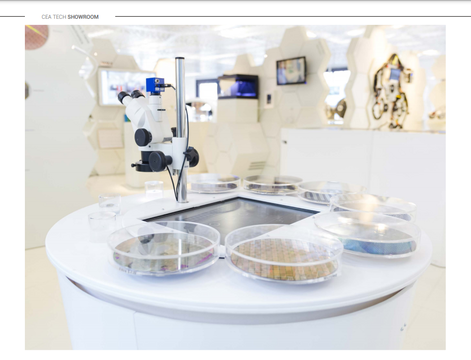On October 12, 2020, the South Transdanubian Regional Innovation Agency participated in a full-day workshop. The focus of the event was the use of innovation procurement strategies in the digital economy, the study on the topic and the presentation of its results.
The study focused on the results achieved in European countries in stimulating innovation procurement. It measured the amount of public procurement spent in each country to purchase innovative solutions. It has also developed guidelines for decision-makers to facilitate the regular collection of these data in the future and the integration of results into statistics.
During the morning session of the workshop, the organizers presented the methodology and results of the performance evaluation of the national procurement policy framework and the situation of innovation procurement in the international area.

The following topic was innovation procurement itself as a concept. The 10 indicators needed a comprehensive evaluation of the policy framework was presented as well as how the results for each country were calculated. Related to this, a brief summary was given about the method used to the usage of the data.
The workshop continued with the presentation of the learnt results. It has been found that the innovation policy framework is operating at only 26.6% of its potential speed across Europe. Based on these results, Hungary belongs to the group of “low performers”, together with countries such as Portugal or Switzerland and Finland performed best according to the survey. The aggregate results of the indicators were discussed afterwards, highlighting five of them in particular:
- Information and communication technology
- Sectoral policies
- Action plan
- Innovation-friendly market
- Capacity building and assistance measures
The third and final topic of the morning session tried to find an answer on how to set up a national competence center for innovation procurement. Currently, five competence centers have been in place for a long time (Austria, Germany, the Netherlands, Spain, Sweden) and there are five new centers (Estonia, Greece, Ireland, Italy and Portugal). In addition, it has two other members: Finland and Lithuania. Afterwards, among others, the participants could learn how they can support the strategic use of innovation procurement and what types of centers there are.

The afternoon session focused on the methodology and results of comparing national investments in the procurement of innovative solutions, including the distribution of investments in different (e.g. sectors of the public sector. Health, transport, security, etc.).






